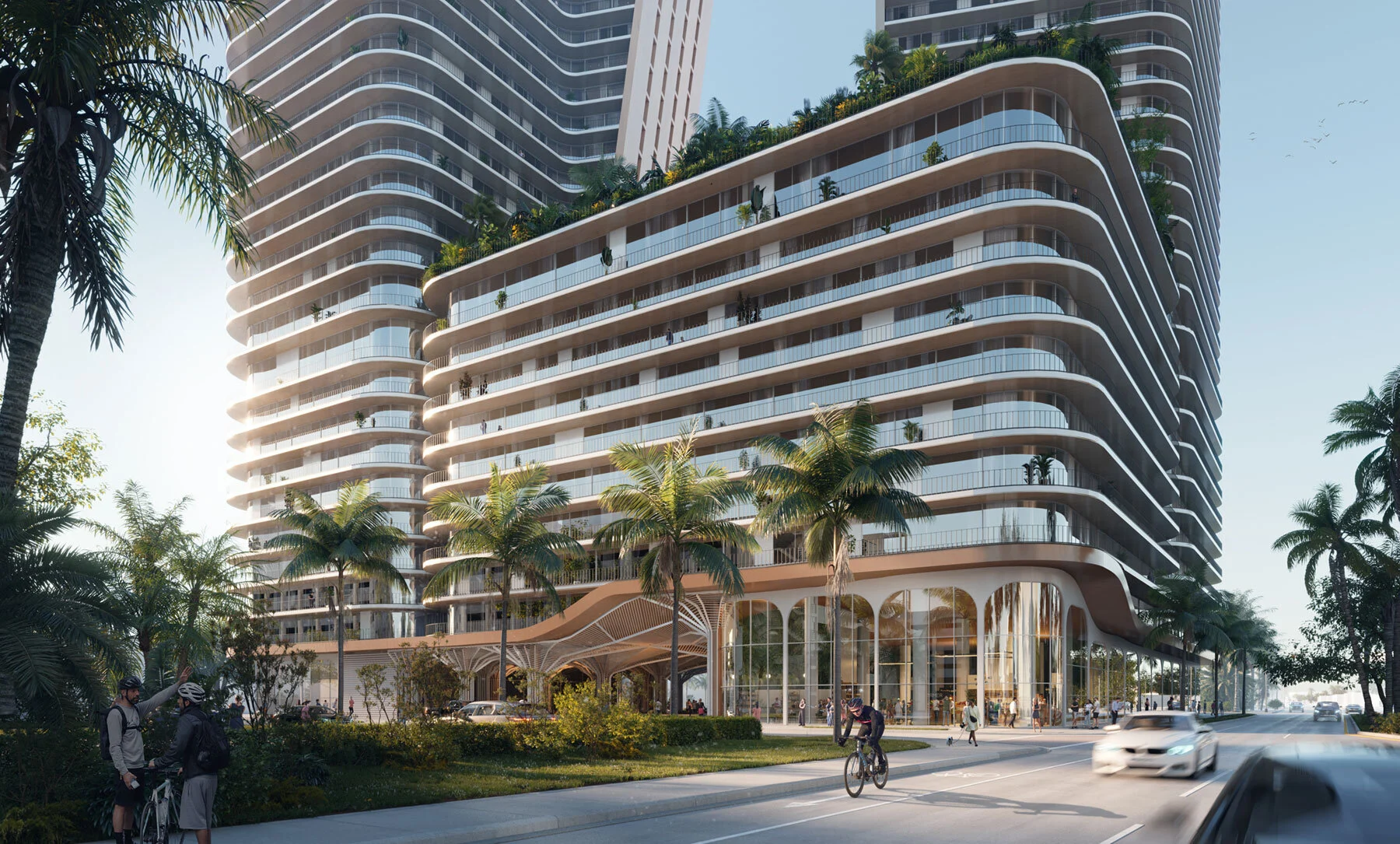
For people who are studying residential architects in Fort Lauderdale and those who are already in the profession, one of the most helpful tools that they can use is architectural rendering, which enables them to create two-dimensional images of an architectural design. Using such a tool enables architects to see how a structure will look even before construction begins, which makes it possible to make the necessary adjustments that are needed before building the structure. However, with the development of computer-assisted architectural rendering, architects can now make three-dimensional images of structures using their computers. Given this, architects can now come up with very realistic 3D images of structures, which can really help them accurately assess and modify the structure. However, this tool does not only create realistic 3D structures. Some of the software that is used in rendering provides very specific details, especially with the structure’s background and landscape.
3D plants
In the past, the technology used to provide the plants in architectural rendering used “
flat plants,” which were plants that were very chunky and would rotate as the structure is rotated. However, these kinds of plants were very unrealistic, as they would only show their front and did not cast any shadows. As a result of this, the companies that provide architectural rendering services tried to come up with more realistic plants that they could use in the rendering that they did for their clients. They were able to do so by combining 3D skills that are used for animation and computer games and by expanding both the software and the hardware that they used so that they could come up with an increased workload in terms of computing and bigger memory requirements. As a result, the plants that we see in architectural renderings nowadays look very realistic, as they are also based on actual plant species. Unlike their earlier flat predecessors, the plants now cast real shadows and look great from all angles.
In contrast to the chunky and unrealistic plants that were used in the past for computer-assisted architectural rendering, the plants that we see today in most virtual structures are lifelike. This is because the companies that provide architectural rendering services have taken the necessary steps, including using modern animation technology and equipment, to provide realistic plants based on real species, which enhances the overall look of the architectural renderings that they create.